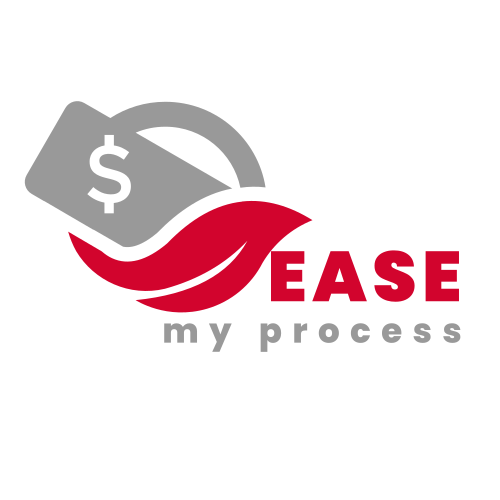- Published on
WACC vs VC Discount Rate: Which Discount Rate Fits Your Valuation?
- Authors

- Name
- Ease Pro
WACC vs VC Discount Rate
Which Discount Rate Fits Your Valuation?
Understanding Discounting in Valuation Models
In business valuation, the choice of discount rate can dramatically impact how a company's future is valued today.
There are two common approaches to discounting in DCF:
What is WACC?
WACC is the average rate a company is expected to pay to finance its assets, weighted by the proportion of debt and equity in its capital structure.
📌 Formula: WACC = (E/V) × Re + (D/V) × Rd × (1 – Tc)
- Used for mature businesses
- Based on actual cost of debt and equity
- Market-driven, precise, & grounded in financial theory
What is VC Discount Rate?
It reflects the minimum acceptable rate of return required by VCs to compensate for extreme risk, long holding periods, and illiquidity.
📌 Typical Range:
- Seed Stage : 50%–70%
- Series A/B : 30%–50%
- Growth Stage : 20%–30%
WACC vs. VC Discount Rate – Quick Comparison
| Criteria | WACC | VC Discount Rate |
|---|---|---|
| Company Stage | Mature | Early-Stage |
| Typical Range | 8-15% | 25-70% |
| Valuation Focus | Intrinsic Value | Exit-Oriented |
| Based On | Market-derived | |
| (debt, equity, beta) | Targeted return | |
| (investor mandate) | ||
| Suitable For | Corporates, PE, M&A | Startups, VC, Angel |
Final Takeaway
The difference between WACC and VC Discount Rate isn't just technical — it's philosophical.
- WACC says: "Let's value what exists."
- VC Rate says: "Let's price in what could exist, but probably won't."
Both are tools. But using WACC to value a startup is like using a scalpel to cut firewood — the wrong tool for the job.
Choose wisely. Because valuation isn't just math — it's judgment. 🔍
Have you ever had to choose between WACC and VC Method in a real project? What challenges did you face?
Let's discuss in the comments 💬
